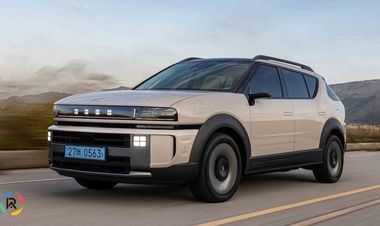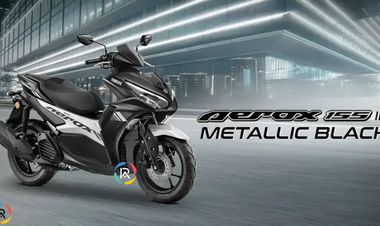Friedrichshafen, Germany- ZF Friedrichshafen AG., has upgraded its ProAI high-performance computer to support optical multi-gigabit Ethernet, bringing fiber optic technology to vehicles. Using new chips and connectors, it enables fast, reliable data transmission over distances up to 40 meters with automotive-grade fiber optics based on the IEEE 802.3cz-2023 standard. This innovation supports the needs of next-gen, software-defined vehicles and could enter series production as early as next year.
Mr. Oliver Briemle, Head of Cross-Domain Computing at ZF, said “This ultra-fast transmission is a key technology for future vehicle electrical systems of software-defined vehicles. Series production is possible as early as next year.”
Key Advantages of Optical Multi-Gigabit Ethernet in Automotive Applications, ZF identifies several core benefits of this innovative technology:
- High Data Transfer Rates
Supports data rates of 2.5, 5, 10, 25, and 50 Gbit/s, ideal for bandwidth-heavy systems like ADAS (Advanced Driver Assistance Systems), IVI (In-Vehicle Infotainment), and connected services.
- Extended Transmission Distances
Optical multi-gigabit Ethernet significantly surpasses the reach of older systems and copper-based solutions, with up to 40 meters of reliable data transmission—ideal for all vehicle types, from compact cars to buses and shuttles.
- Weight Reduction
Fiber optics are considerably lighter than copper cables, contributing to vehicle weight reduction and improved fuel efficiency or battery range.
- High Reliability and Longevity
Using OM3 optical fibers, the technology is immune to electromagnetic interference and performs consistently even under harsh environmental conditions. It also enables galvanically isolated communication across different voltage domains, enhancing safety and durability.
- Energy Efficiency
Compared to traditional copper-based systems, fiber optics consume less energy, helping reduce the vehicle’s overall power consumption—critical for electric and hybrid models.
- Scalability and Future-Proofing
The system allows for seamless upgrades in HPCs, ECUs, and MDCs without the need to replace the existing fiber cabling. This supports the rapid adoption of new features and technologies over time.
- Cost Efficiency at Scale
The OM3 fibers, VCSELs, and photodiodes used in the system are already produced in high volumes globally. This drives cost efficiency, making large-scale adoption in series production economically viable.







